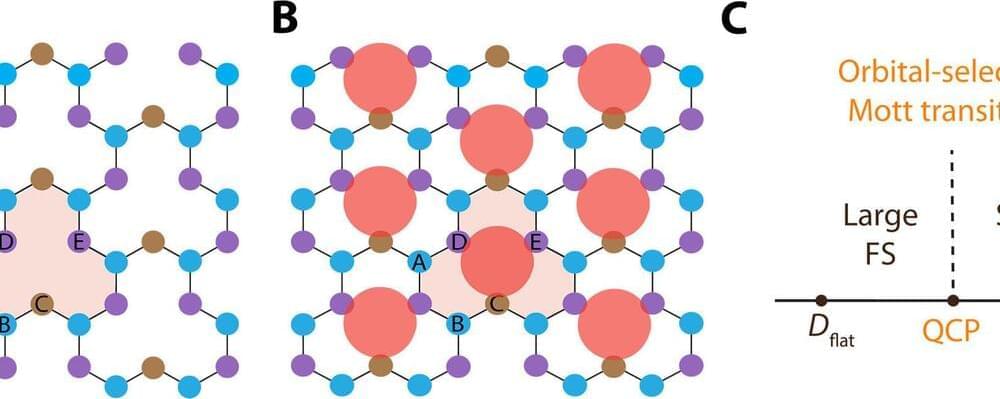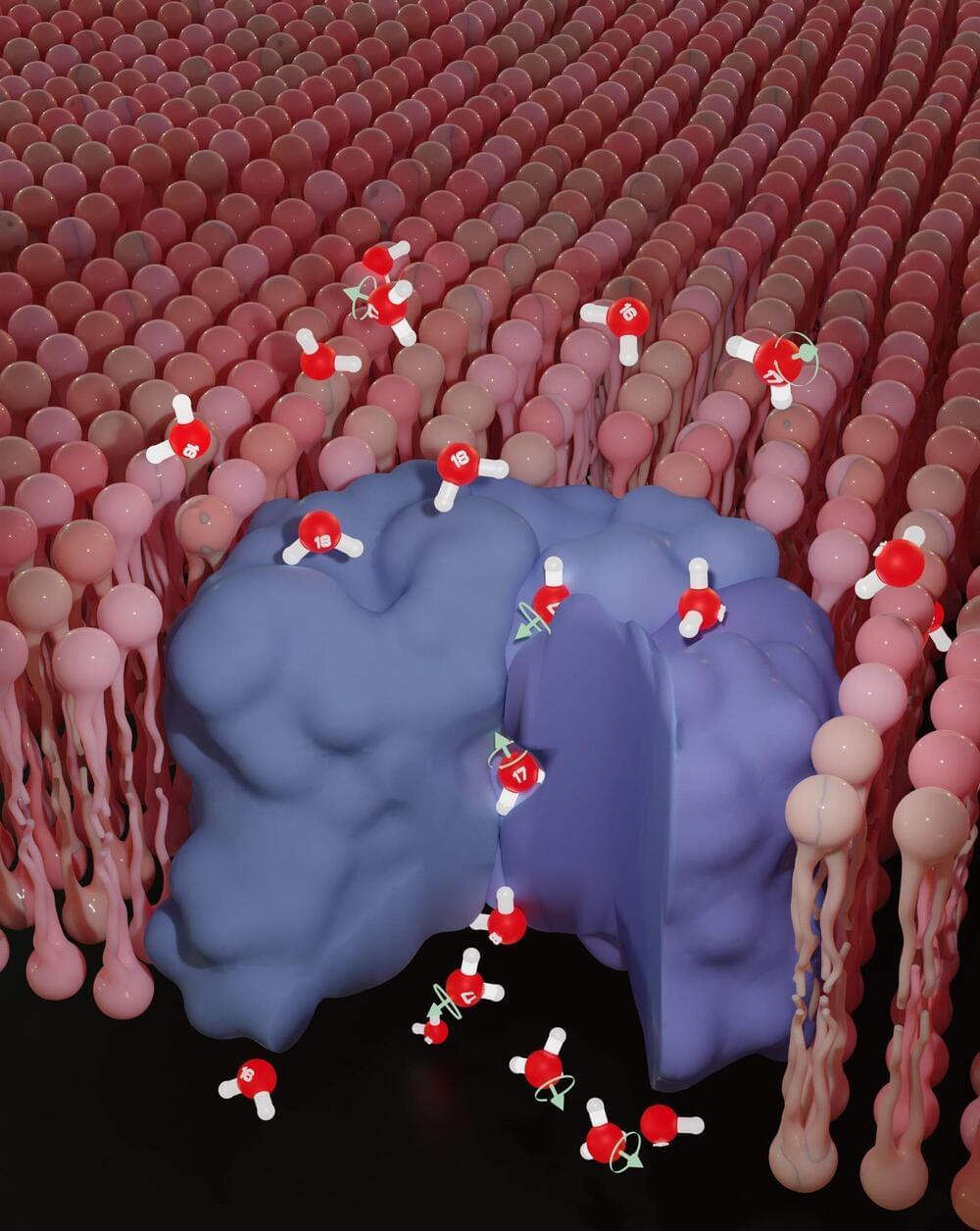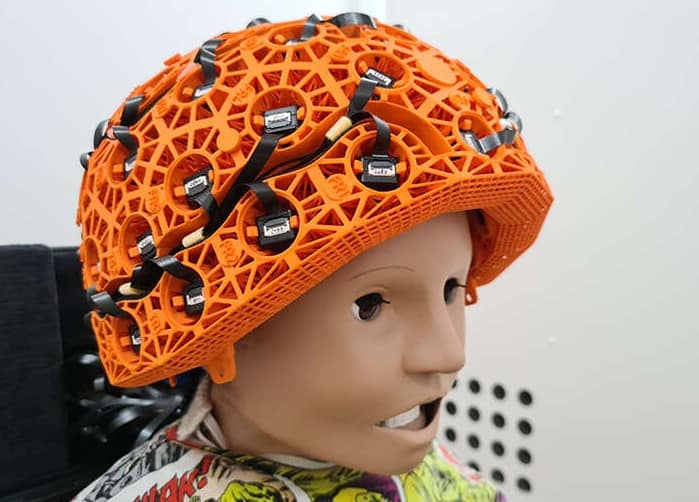Thermal field theory seeks to explain many-body dynamics at non-zero temperatures not considered in conventional quantum field theory.
The thermal field theory, as presented by Munshi G. Mustafa, bridges statistical mechanics and quantum field theory, simplifying the analysis of many-body systems and enhancing the understanding of high-energy collisions and early universe evolution.
Quantum field theory is a framework used by physicists to describe a wide range of phenomena in particle physics and is an effective tool to deal with complicated many-body problems or interacting systems.








